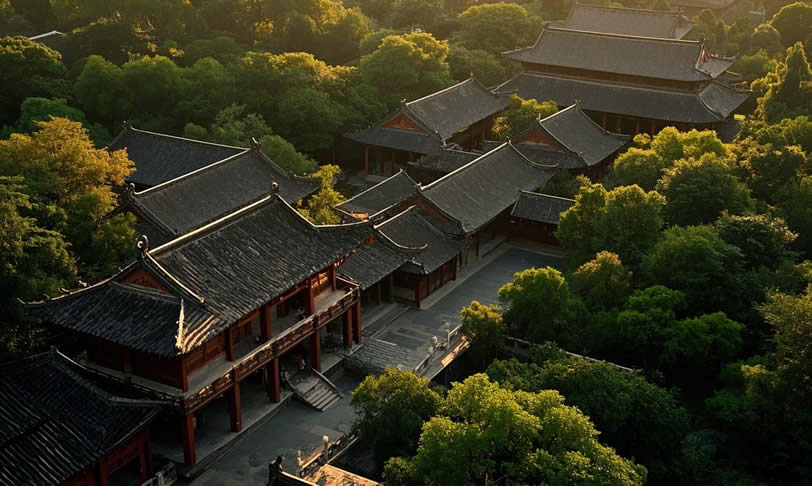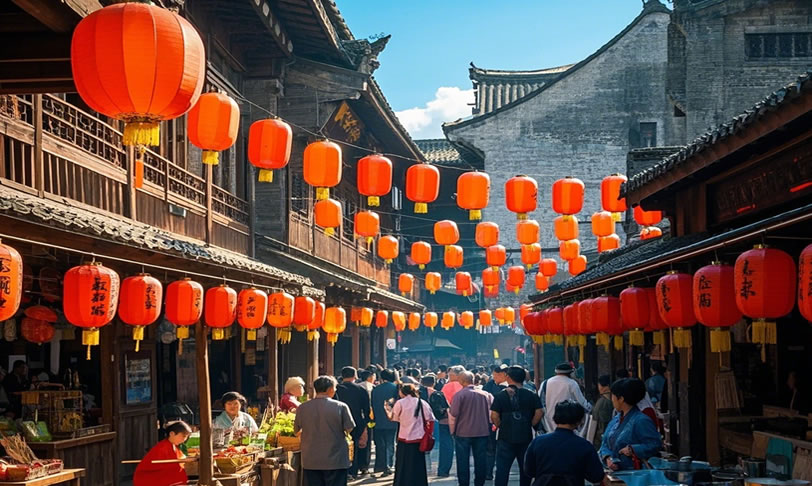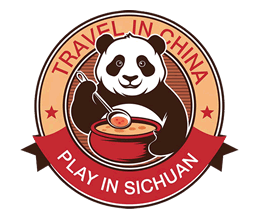The History of the Three Kingdoms Period
Wuhou Temple and Jinli: Traveling Through a Thousand Years of the Three Kingdoms Time and the Hustle and Bustle of Urban Life.
Sichuan not only bears the mystery of the ancient Shu civilization but also has the passionate blood of the culture of the Three Kingdoms Period flowing through it. Wuhou Temple and Jinli are the brilliant crystallization of the interweaving of these two cultures. The former, with its unique pattern of jointly enshrining the monarch and his ministers, tells the legends of the heroes of the Shu Han Dynasty; the latter, with the hustle and bustle of the folk houses in western Sichuan, demonstrates the unchanged aesthetics of Chengdu's life for thousands of years.
Wuhou Temple

This temple, which was first built in 223 AD and jointly enshrines the monarch and his ministers, is the only sacred place in the country to commemorate Liu Bei, Zhuge Liang and other heroes of the Shu Han Dynasty. In the tranquility of the path flanked by red walls, Huiling Mausoleum has been lying in repose for a thousand years. Under the upturned eaves of the Temple of Emperor Zhaolie of Han, the statue of Liu Bei is solemn and stately. Among the feather fan and silk kerchief in Wuhou Temple, the wisdom of Zhuge Liang transcends time and space. The 28 painted sculptures in the corridor of civil and military officials are vivid and lifelike, and the literary grace and calligraphy of the Sanjue Stele still shine brightly after thousands of years. The exhibition of the culture of the Three Kingdoms Period in the museum, through cultural relics, scenes and multimedia technologies, reproduces the war scenes and urban life during the Shu Han Dynasty.
Jinli

Jinli, adjacent to Wuhou Temple, is a living folk-custom street that condenses the charm of western Shu. Under the black tiles of the Ming and Qing Dynasty buildings, intangible cultural heritage skills such as sugar painting, Shu embroidery, and shadow puppetry are performed in turn. In the hustle and bustle of the Jiupin Snack Street, Zhang Fei Beef, Sandapao (a kind of traditional snack), and pig intestine noodles tantalize the taste buds. When night falls, the lanterns light up the bluestone road, and the reflection of Huanglongtan and the Sichuan Opera face-changing performance on the ancient opera stage set each other off, as if traveling back to the prosperous scene of the "First Street of Western Shu".
Recommended Experiences
√ Night Tour of Jinli: When the lights come on, feel the poetry of "Jinli by the Waterfront" and the vitality of the night economy, and participate in immersive activities such as the Lantern Riddle Fair and the Hanfu Parade.
√ In-depth Tour during the Three Kingdoms Season: Through lectures like "Night Talks at Wuhou Temple" and the Zhuge Creative Bazaar, experience the collision between the wisdom of the Three Kingdoms Period and modern creativity.
√ Intangible Cultural Heritage Workshop: Stop in front of the folk-custom memory wall in Jinli, or make a rabbit-shaped lantern with your own hands to experience the warmth of traditional handicrafts in western Sichuan.
√ Carnival of the Grand Temple Fair: During the Spring Festival, the combination of lantern viewing at night, ancient-style sacrificial ceremonies and intangible cultural heritage performances reproduces the lively scene of the old Chengdu's "Visiting the Auspicious Direction of the God of Happiness".
The solemnity of Wuhou Temple and the vividness of Jinli together form a cultural and tourism sample of Chengdu's "dialogue between the ancient and the modern". Whether you want to trace the profoundness of history or savor the leisure of life, you can touch the soul of Sichuan culture here.


